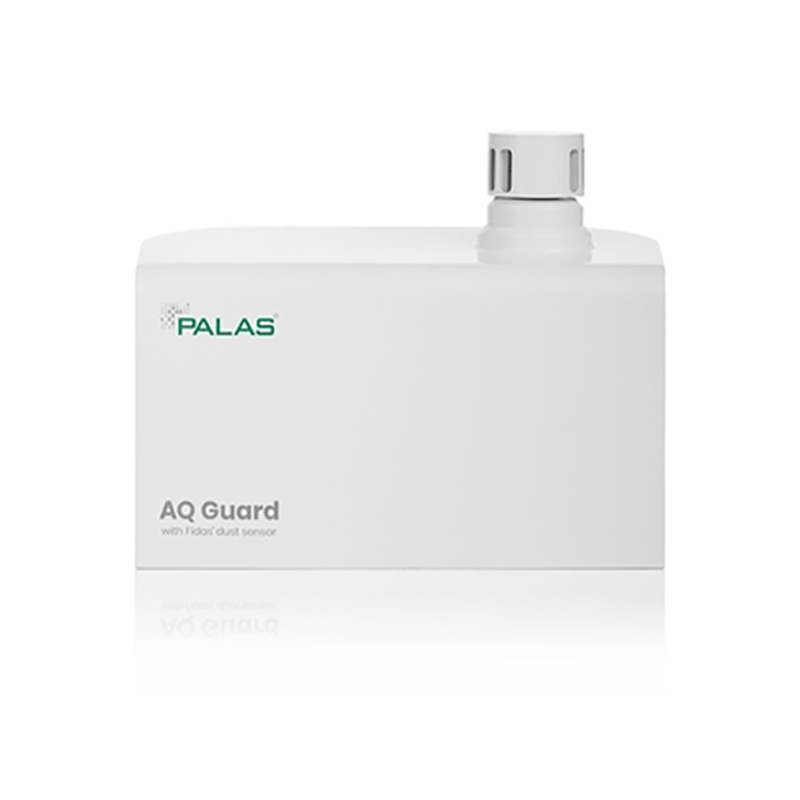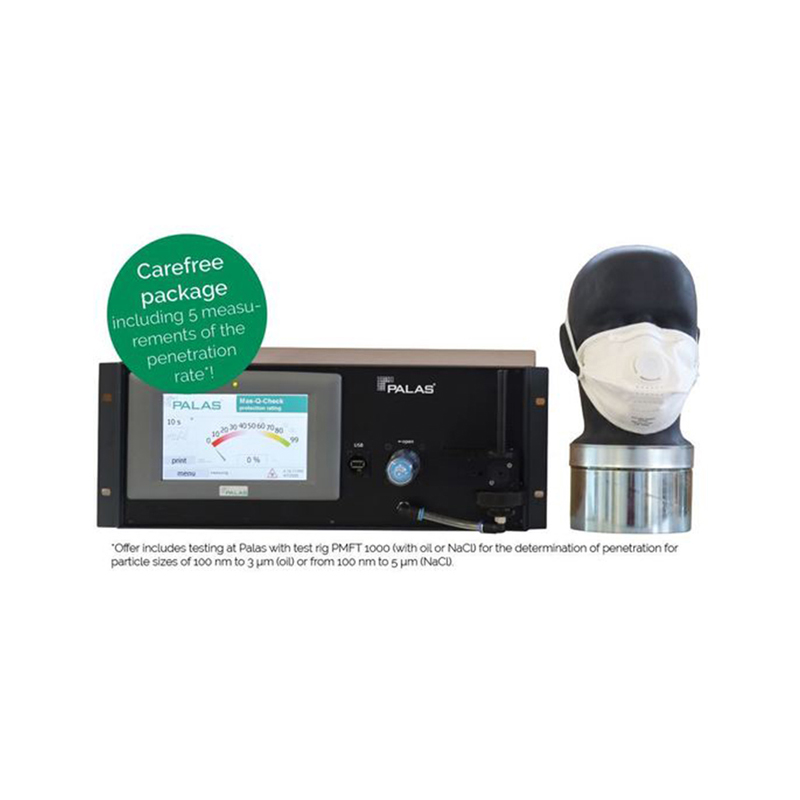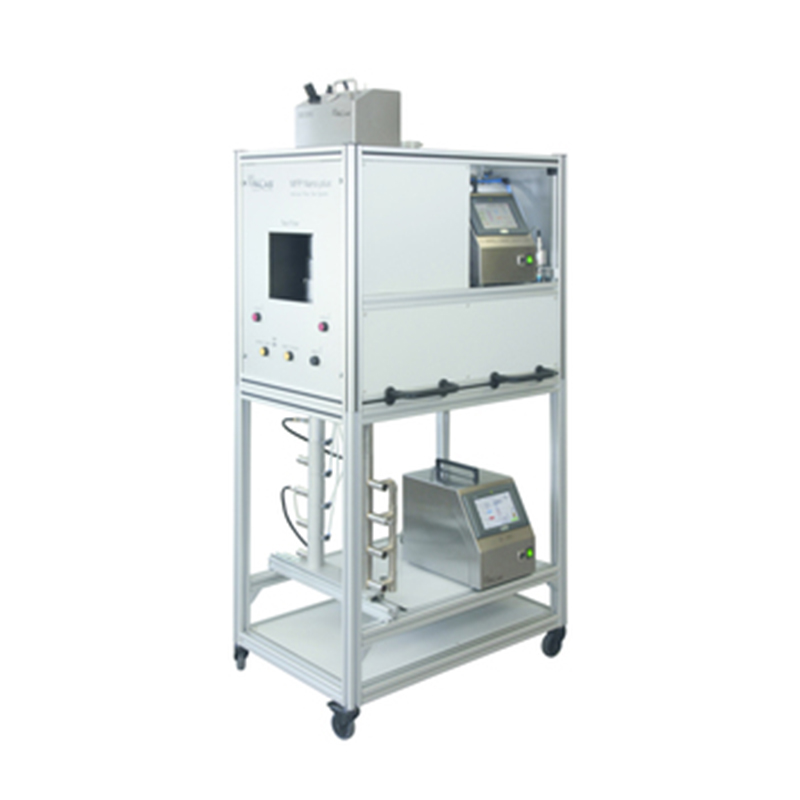Description
Depending on the composition of the aerosol to be measured, i.e. the carrier gas component and the particle material, pressure and temperature changes in the carrier gas can significantly influence the particle size distribution, e.g. due to condensation or evaporation.
For this reason, the welas® aerosol sensors welas® 2070 P, HP, 2100 P, HP, 2200 P, HP, 2300 P, HP and welas® 2500 P, HP are equipped with a heatable and, as required, pressure-tight cuvette to ensure isobaric and isothermal sampling into the sensor’s measurement volume.
The Promo® 3000 H model variant also offers heating regulation for temperatures up to 250 °C for the aerosol sensors with heatable cuvette.
The Promo® is usually calibrated for the operating volume flow. In the Promo® 3000 H version, regulation of the sampling volume flow is performed independently by the customer taking the temperature and pressure into consideration.




